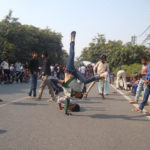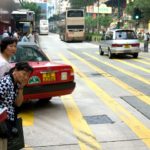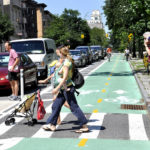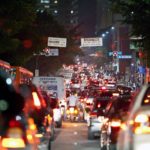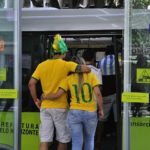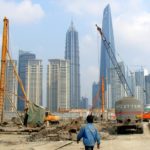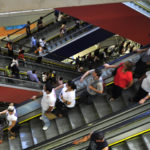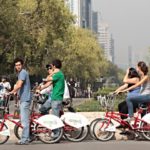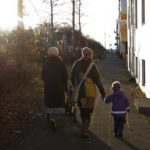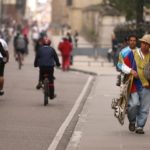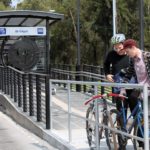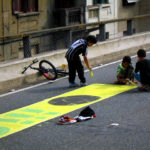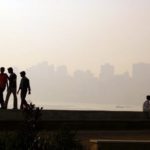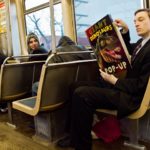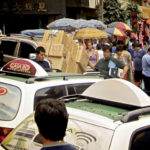Search Results
Raahgiri Day, the weekly event that closes city streets to cars to celebrate walking, biking, music-making, and socializing, has expanded beyond Gurgaon, India. The New Delhi Municipal Council (NDMC) together with the New Delhi Police Department has decided to stage ...

China currently has enough roads and infrastructure to accommodate 300 million vehicles. With car ownership reaching 137 million at the end of 2013, and 74 Chinese cities already reporting pollution surging above the level deemed safe by the World Health Organization (WHO) for over two thirds ...

According to the World Health Organization’s (WHO) Global status report on road safety 2013, only 7% of the world’s population is governed by comprehensive road safety laws. In a world that already sees 1.24 million deaths from traffic crashes each ...

While the idea of ‘free time’ is by nature associated with individual choice and being momentarily ‘free’ from the demands of everyday life, the amount and quality of this time we have at our disposal is closely linked to city-wide ...

World Cup fans may be focused on the games, but critics are paying attention to another aspect of the event—its price tag. Brazil spent billions of dollars on World Cup infrastructure, and many are understandably questioning the long-term benefits these ...

SMART at the University of Michigan is honoring enterprises along with cities and states supporting enterprises that are making the world a better place through innovative sustainable transport. The deadline for entrepreneurs to apply is July 7, 2014. We live ...

This article reports on presentations made by Philip Yang, President, URBEM (Urbanism and Urban Studies Institute for the city of Sao Paulo), Jianming Cai, Professor at the Institute of Geographic Sciences & Natural Resources Research (IGSNRR), Chinese Academy of Sciences (CAS) and Alexandros Washburn Founding Director, Center for ...

This year marks the seventh anniversary of the “Muévete en bici” (Bike Move) program in Mexico City. Every Sunday for the past seven years, the city has closed many of its streets to cars, and opened them up to pedestrians ...

Many planning regulations and multilateral funding bodies demand that developers include a Heritage Impact Assessment as part of their Environmental Impact Assessment (EIA) before approving infrastructure projects. Good developers go beyond simply completing the impact assessment and think like anthropologists, ...

There is an entire ecosystem of informal commerce along Bogotá, Colombia’s streets. Some vendors sit at traffic signals or bus stops, waiting for a bus that’s not too full and not too empty. When they spot a good candidate, they ...

The “People-oriented Cities” series – exclusive to TheCityFix and Insights – is an exploration of how cities can grow to become more sustainable and livable through transit-oriented development (TOD). The nine-part series will address different urban design techniques and trends ...

Not in Brazil for the World Cup? No problem! Sure, you can catch the games at your favorite local sports bar, but did you know that you can experience the atmosphere of the city streets, as well? Google Street View ...

Editor’s note: Two weeks ago, TheCityFix wrote about the need to include urban mobility as a core tenet of the Bonn climate talks. Cities are the arena in which the regulations formulated at Bonn, and passed at COP 21 in ...

Whether going to Brazil, the beach, or just the backyard this summer, National Public Radio (NPR) Books has your reading needs covered with its Book Your Trip series. This special series features book lists organized by mode of transport, because ...

For decades, ‘work’ meant spending an eight-hour chunk of your day in an office, industrial facility, or at school. Workers needed to physically occupy a given location in order to do their jobs. Because of this, the trips to and ...

Page 90 of 228« First...1020...899091...100110...Last »








